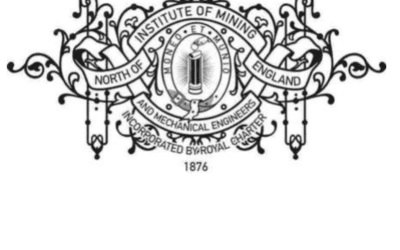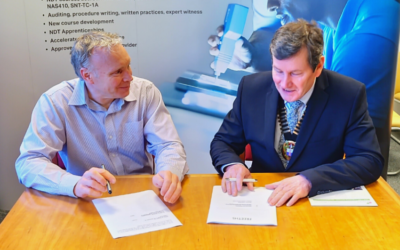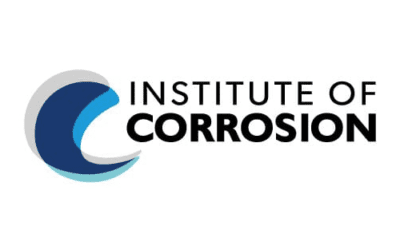The branch held their AGM at the evening meeting on 11th April 2018, which was hosted by Amey at their International Design Centre in Birmingham.
The outgoing branch Chairman, Trevor Box, thanked the members for their continued support, those that had taken the time to prepare talks and presentations over the previous year and thanked the organisations, companies and individuals that had offered sponsorship, either by way of providing the meeting venues or refreshments at these. The committee members were elected and the new Chairman was Bill Whittaker
Following the AGM, a trinity of experts in galvanic anode technology for use in reinforced concrete gave presentations on developments in the industry, starting with Roberto Giorgini, consultant to Mapei, who had kindly travelled from Holland for the evening. Roberto’s presentation looked at design criteria and reviewed the basis of design for the use of galvanic anodes in concrete, and compared this with the more conventional design processes used for galvanic anodes in other electrolytes. It was noted that agreed design procedures for galvanic anodes in concrete are not documented and reliance on data from the manufacturers is required.
Gareth Glass, from Concrete Preservation Technologies (CPT), presented “Polarisation and Responsive Behaviour of Galvanic Anodes”. This covered the basis for galvanic and hybrid protection technology, the use of potential mapping and potential changes in the early age assessment of galvanic systems, the responsive behaviour of galvanic systems to environmental changes, the importance of responsive behaviour in aged systems and the use of corrosion rates in the assessment of protected structures. Gareth explained that a simple method of checking system installation was to measure two potentials at and away from a sample of the installed anodes, and potential mapping to show early age changes in steel potential was presented. Data were also presented that indicated the current output of aged systems may fall to low levels in dry or sheltered environments and that re-activation occurs when such systems get wet, including in systems older than 10 years. It was further shown that data can be analysed and translated into corrosion rates in the assessment of the structure. Recommendations included the production of brief commissioning reports, using potential mapping to assess performance, taking into account long term responsive behaviour especially in aged sheltered systems that may dry out, and using corrosion rates to assess the condition of the protected structure.
George Sergi of Vector Corrosion Technologies completed the evening’s talks with a presentation on a new dual-phase anode system for protection of steel reinforcement that he had been instrumental in developing with Vector. George described the process by which application of an impressed current charge can increase the pH around the reinforcement and passivate the steel where corrosion is taking place, and presented some data on the extent of charge required to do this based on laboratory experiments. The presentation explained how the Vector product could provide a charge phase without an external dc power supply.
After the presentations a lively panel discussion was held with the three experts responding to the audience questions. The Chairman thanked all presenters for the time taken in preparing and attending the very informative meeting.



